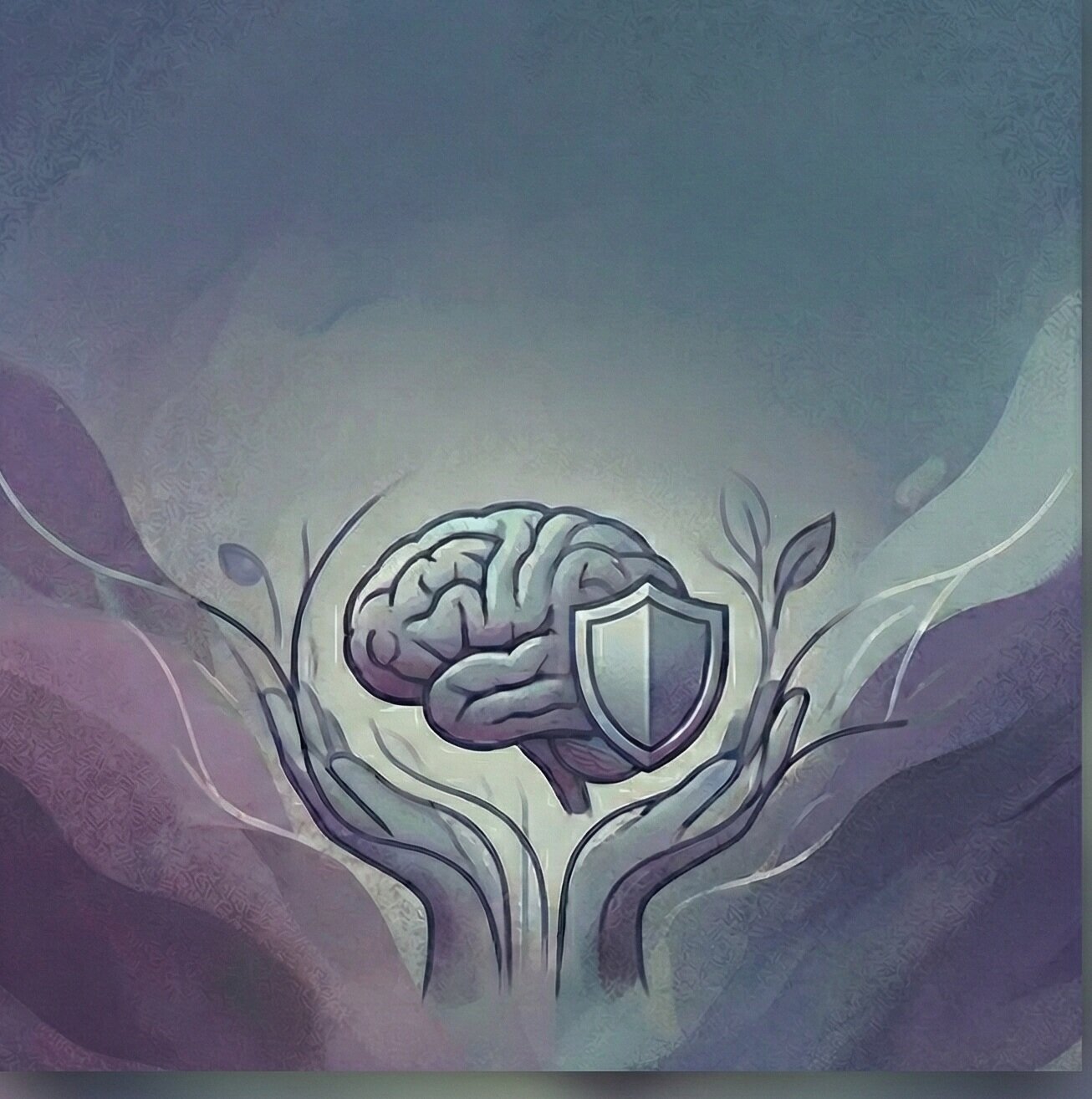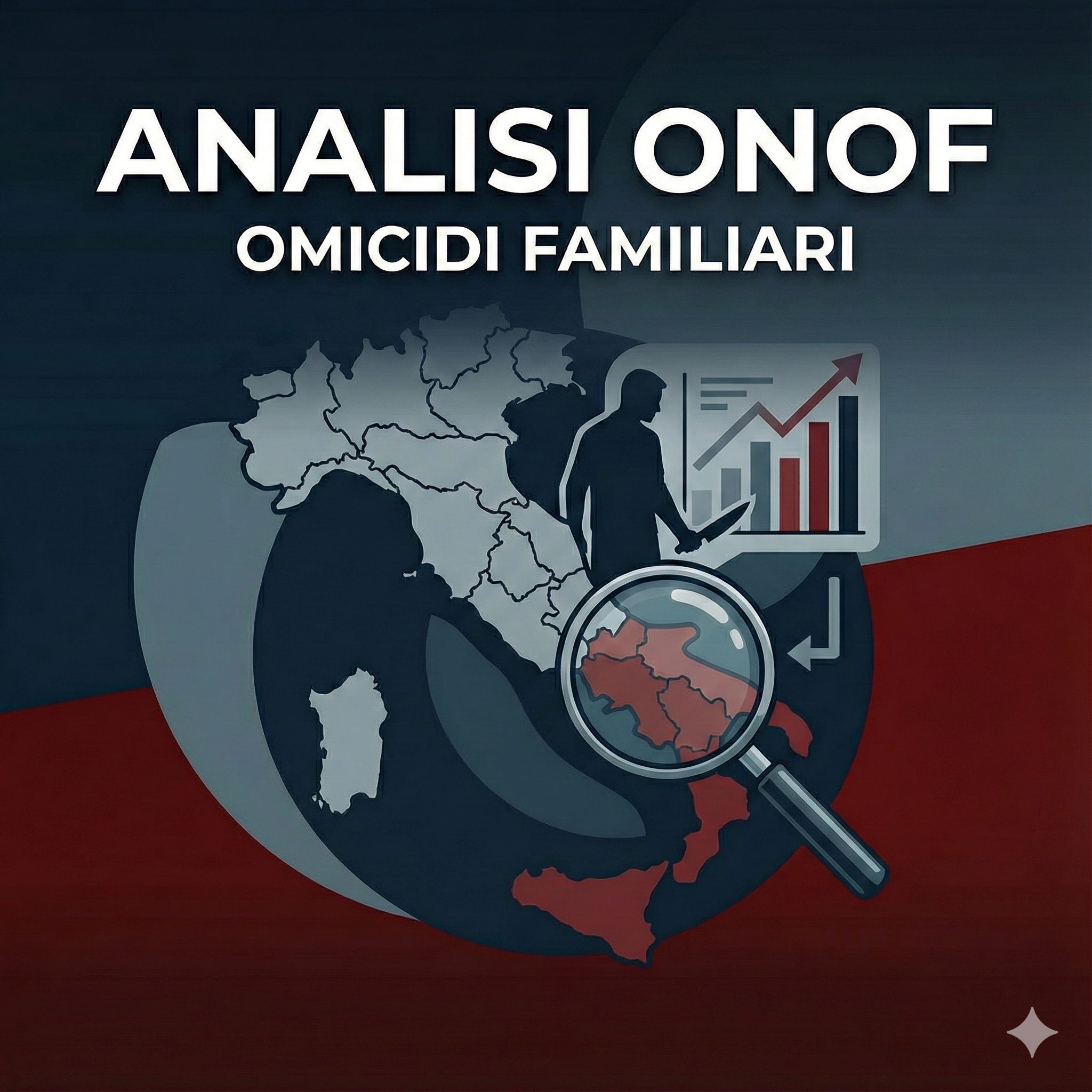The legacy of trauma: critical analysis of dysfunctional relational dynamics in the SPIRA Scale
Edited by: Massimo Lattanzi, Tiziana Calzone, Vanessa Alterino, and Caterina Ventura
Entities: AIPC (Italian Association of Psychology and Criminology), CIPR (Italian Center for Relational Psychotraumatology), ONOF (National Observatory on Family Homicides)
Introduction:
The institutional and methodological context
This scientific contribution stems from the collaboration between the AIPC (Italian Association of Psychology and Criminology) and the CIPR (Italian Center for Relational Psychotraumatology). These entities represent the vanguard in the study of violence and trauma: the AIPC focuses on psychological and criminological matrices, while the CIPR, through Relational Psychotraumatology, is dedicated to the assessment and treatment of the consequences of affective and attachment traumas.
The study is based on data emerging from the administration of the SPIRA scale, designed to investigate the correlation between attachment models internalized in childhood (PAST Score) and the quality of current relationships (PRESENT Score). The purpose of the scale is to discriminate whether the subject replicates secure patterns, manifests a "relational traumatic resonance," or has developed dysfunctional dynamics in adulthood. The results, segmented by gender and age groups (18-24 and 25-30 years), outline a worrying picture regarding the intergenerational transmission of distress.
Analysis of results: the crystallization of distress
The analysis, focused on critical areas, highlights a pervasiveness of relational malaise that manifests in distinct and often complementary ways between genders.
Female Gender: Acquired Vulnerability
In women, the data show a deterioration of relational safety correlated with entry into adulthood.
- 18-24 Age Group: A core of suffering emerges early. 7% present a diagnosis of "acquired dynamic or subsequent trauma," indicating that, despite coming from safe backgrounds, these young women have already experienced toxic relationships that have altered their affective perception. An additional 7% manifest a relational traumatic resonance: the "dangerous caregiver" model has been internalized, leading them to seek partners who replicate the "love/danger" dynamic as the only form of authentic bond.
The case of Sofia (19 years old) – The deception of intensity "Born in a safe embrace, she now mistakes the abyss for the peak. Sofia flees from the 'boredom' of peace to chase a partner who makes her feel alive only when he hurts her, believing that love must consume you to be true."
- 25-30 Age Group: The situation worsens significantly. The percentage of women with a diagnosis of "acquired dynamic" rises to 15%. This increase suggests that, over time, women are exposed to a high risk of "traumatic contagion": formative but dysfunctional romantic experiences dismantle original security, creating vulnerabilities not inherited from the family but learned in the field.
The case of Elena (28 years old) – The invisible scar "She entered adulthood whole, she exits it fragmented. A single toxic love taught her to fear the hand that caresses, overwriting years of childhood safety with a new dogma: 'trusting is dangerous'."
2. Male gender: The sentence of resonance
The male profile highlights the greatest criticalities in terms of rigidity and resistance to change, configuring a high-risk scenario.
- 18-24 Age Group: The picture already appears compromised. 16% show an acquired dynamic, while 8% highlight a relational traumatic resonance, signaling the beginning of a pattern where the partner must replicate the dangerousness of the primary caregiver to be recognized.
The case of Marco (22 years old) – The dress rehearsal "Peace bores him, conflict ignites him. Marco seeks a partner who is both a boxing ring and a refuge at the same time, beginning to confuse the adrenaline of fear with the heartbeat of passion."
- 25-30 Age Group: It is here that the most alarming data is recorded. Relational traumatic resonance explodes, affecting 27% of men. Over a quarter of this age group internalizes the "love/danger" model as the only form of intense love, rejecting affective peace. In parallel, the capacity for evolution and breaking the schema drops drastically to 9% (compared to 26% in the younger group). This indicates that, while women show acquired vulnerabilities, men between 25 and 30 years old tend to crystallize the trauma, becoming actively attracted to dysfunctional dynamics and showing marked difficulty in distancing themselves from learned models.
The case of Alessandro (29 years old) – The cage of repetition "Prisoner of a script he doesn't know he is acting out. Alessandro systematically destroys quietness to recreate the only storm that makes him feel at home: that of family pain, the only affective language he knows how to speak."
Clinical-criminological projections: Future scenarios
Based on the evidence provided by the scale, it is possible to project future scenarios characterized by a high risk of structuring pathological bonds.
- The short circuit of violence: The combination of 27% of men (25-30 years) in full relational traumatic resonance and 15% of female peers with acquired traumatic vulnerabilities creates a high-risk configuration. We foresee the formation of collusive couples in which the male need for dramatic intensity hooks into the female acquired fragility, fueling cycles of abuse.
- The impossibility of spontaneous healing: The collapse of evolutionary capacity in men to 9% suggests that, without specialist clinical intervention, these subjects are destined to replicate violent family dynamics indefinitely. This increases the risk of controlling and impulsive behaviors, potentially leading to extreme acts, as love is cognitively and emotionally superimposed on the concept of threat.
- The paradox of toxic adaptation: Projections indicate that many women, even starting from secure bases, risk progressive psychological deterioration. The data on the acquired dynamic suggests that relational trauma will become a prevalent gateway to psychological suffering for the adult woman, forced to confront partners incapable of breaking their own traumatic resonance.
In conclusion, data from the SPIRA scale predict a relational future where, in the absence of treatment, the "hidden statistic" of pain is destined to rise, sustained by the rigidity of male patterns and the progressive traumatization of female ones.
YOU ARE NOT A STATISTIC. YOU ARE A PERSON WHO CAN CHANGE.
Did you see yourself in the mirror while reading these lines? Did you recognize your pain in Sofia’s resignation, in Elena’s fear, or in Alessandro’s invisible cage? Do you feel that your relationships are a battlefield or the eternal repetition of a script you did not choose?
Do not face this realization alone.
Relational traumatic resonance is not a life sentence: it is a mechanism that can be stopped. You have the right to know a love that is not synonymous with danger.
The CIPR (Italian Center for Relational Psychotraumatology) is here to accompany you through this transition. At our specialized locations in Pescara and Rome, we offer targeted programs to break the chains of trauma and rebuild your emotional freedom.
Choose to heal. Contact us today.
Locations: Pescara and Rome
Phone-WhatsApp: +393924401930
Email: aipcitalia@gmail.com
Web: www.associazioneitalianadipsicologiaecriminologia.it



